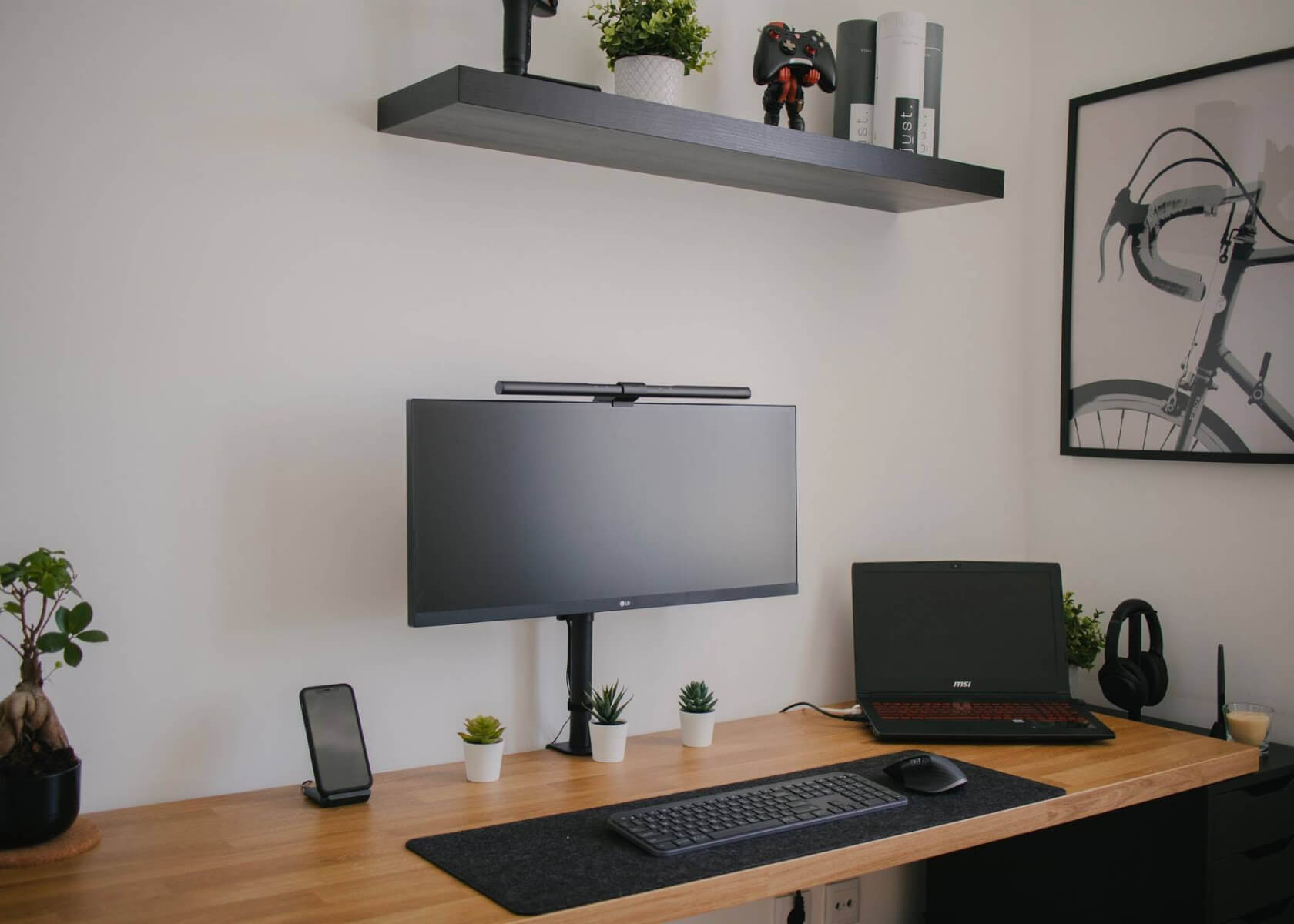How to Archive Content or Pages in Notion: Maintaining an Organized Workspace with Access to Previous Information

New to Notion?
How to Archive Content or Pages in Notion to Maintain an Organized Workspace
Notion is a versatile tool that allows users to create, collaborate on, and organize their work all in one place. As you use Notion to store information and collaborate with others, your Workspace can become cluttered over time. To maintain an organized Workspace while retaining access to previous information, archiving content or pages in Notion is a helpful practice. In this article, we will explore current best practices for effectively archiving content or pages in Notion.
Why Archive Content or Pages?
Archiving content or pages in Notion serves several important purposes:
- Organizational efficiency: Archiving allows you to declutter your Workspace, especially if you have completed projects, old meeting notes, or content that isn’t needed daily.
- Simplified search: By moving outdated or rarely accessed content out of your main Workspace, you can more easily focus on the most relevant information during your searches.
- Maintaining historical records: Instead of permanently deleting valuable information, archiving helps you keep records that might be important for reference or legal compliance.
How to Archive Content in Notion
Note that Notion does not include a native, one-click archive option. However, you can create an effective archiving system using one of two popular methods:
- Manual Archiving via an Archive Page:
- Create a dedicated page called Archive in your Workspace.
- When you decide a page or content is no longer actively needed, simply move it into the Archive page.
- To do this, open the page you want to archive, click the three dots (...) in the top-right corner, and select Move to. Then choose the Archive page as the destination.
- Access archived items anytime by navigating to your Archive page.
- Using an Archive Property in Databases:
- If you’re working with a database (like a projects or notes database), add a property called Status or Archived.
- When a page or item is ready to be archived, change this property to “Archived.”
- Use filters in your database views to hide archived items from your main view while keeping them accessible in an all-items view.
Additional Tips for Effective Archiving
Here are a few extra tips to help you make the most of archiving in Notion:
- Granular Archiving: Instead of moving entire pages, consider archiving specific sections or blocks. For example, if only part of a meeting note is outdated, you can extract and move that section to your Archive page.
- Archiving Entire Databases: If you have a database that is no longer actively used, you might archive it by moving it into an Archive workspace or by setting its status to archived. This keeps your main Workspace less cluttered while retaining the data for future use.
- Archiving vs. Deleting: Archiving preserves information for future reference. In contrast, deleting removes data permanently. Decide based on the potential future relevance of the content.
- Regular Maintenance: Set aside time regularly to review your Workspace and archive pages that are no longer needed. This proactive maintenance prevents clutter and ensures you can easily find current, relevant information.
Conclusion
Archiving content or pages in Notion is a valuable practice for maintaining an organized Workspace while keeping historical records accessible. Whether you choose to create a dedicated Archive page or set up an archive property within your databases, these strategies help simplify searches and declutter your Workspace. Incorporate archiving as a regular part of your Notion workflow to stay productive and organized.
For more in-depth templates and workspace examples, check out the Notion template gallery.


